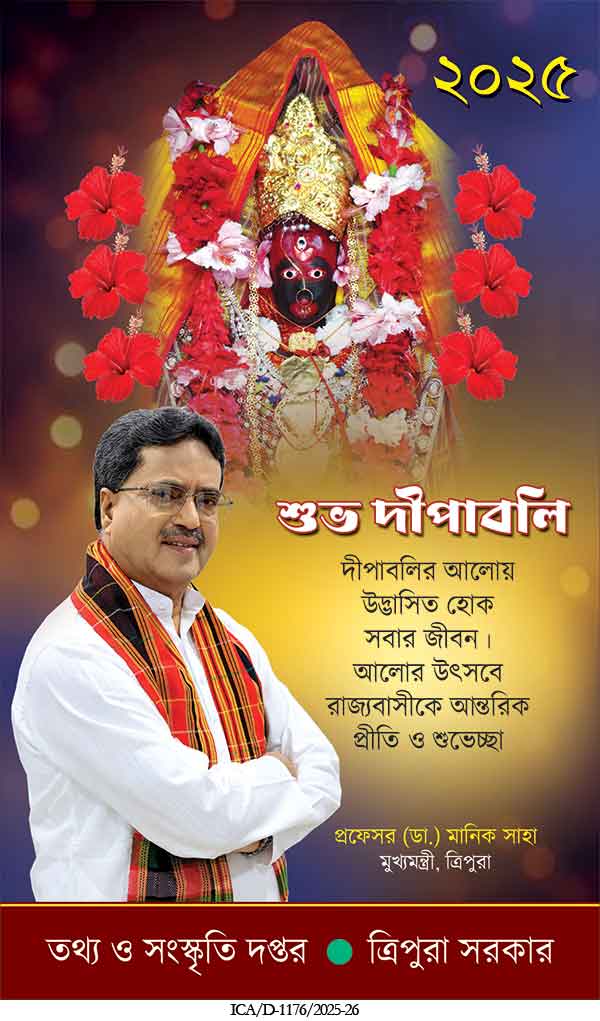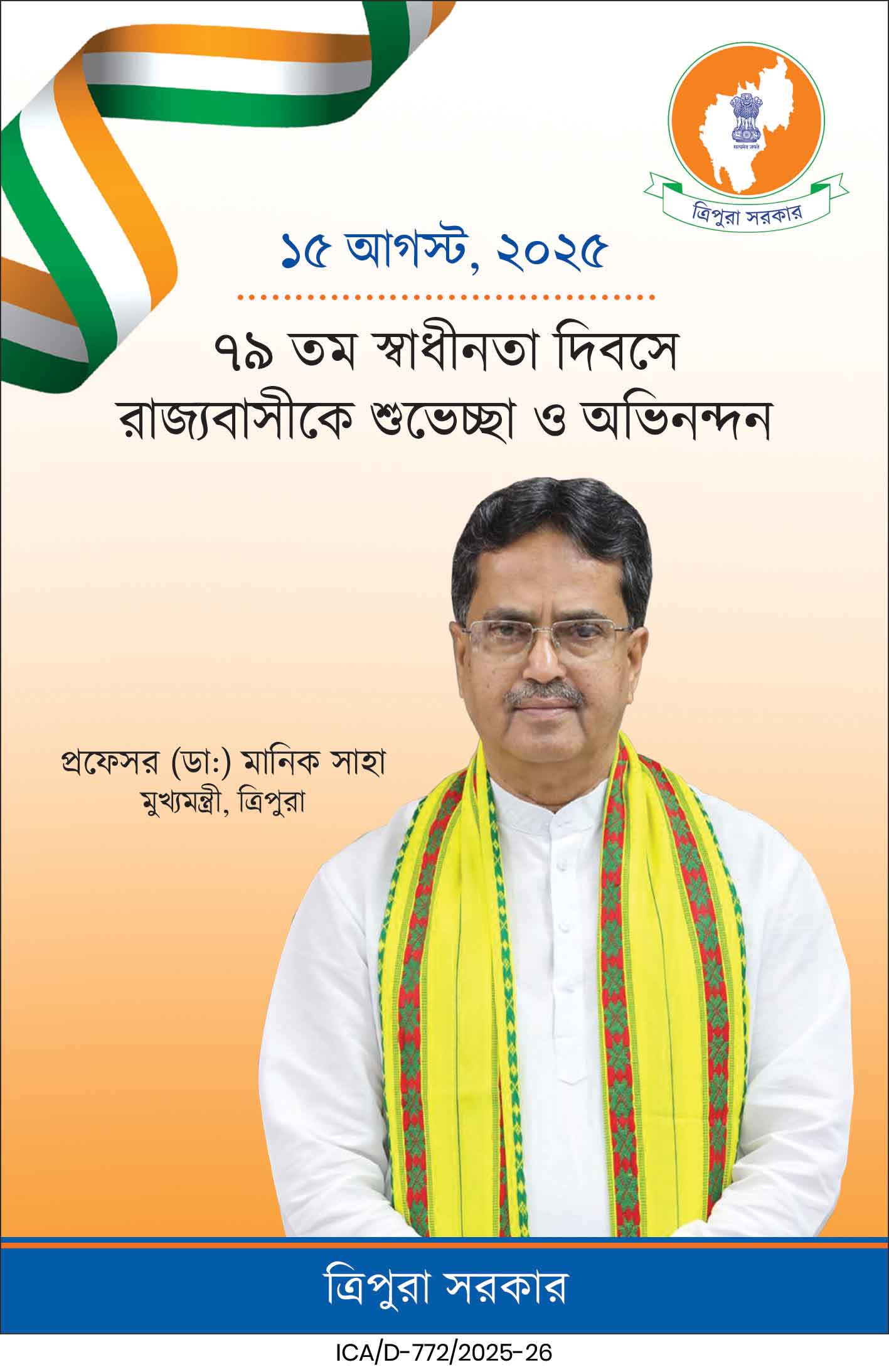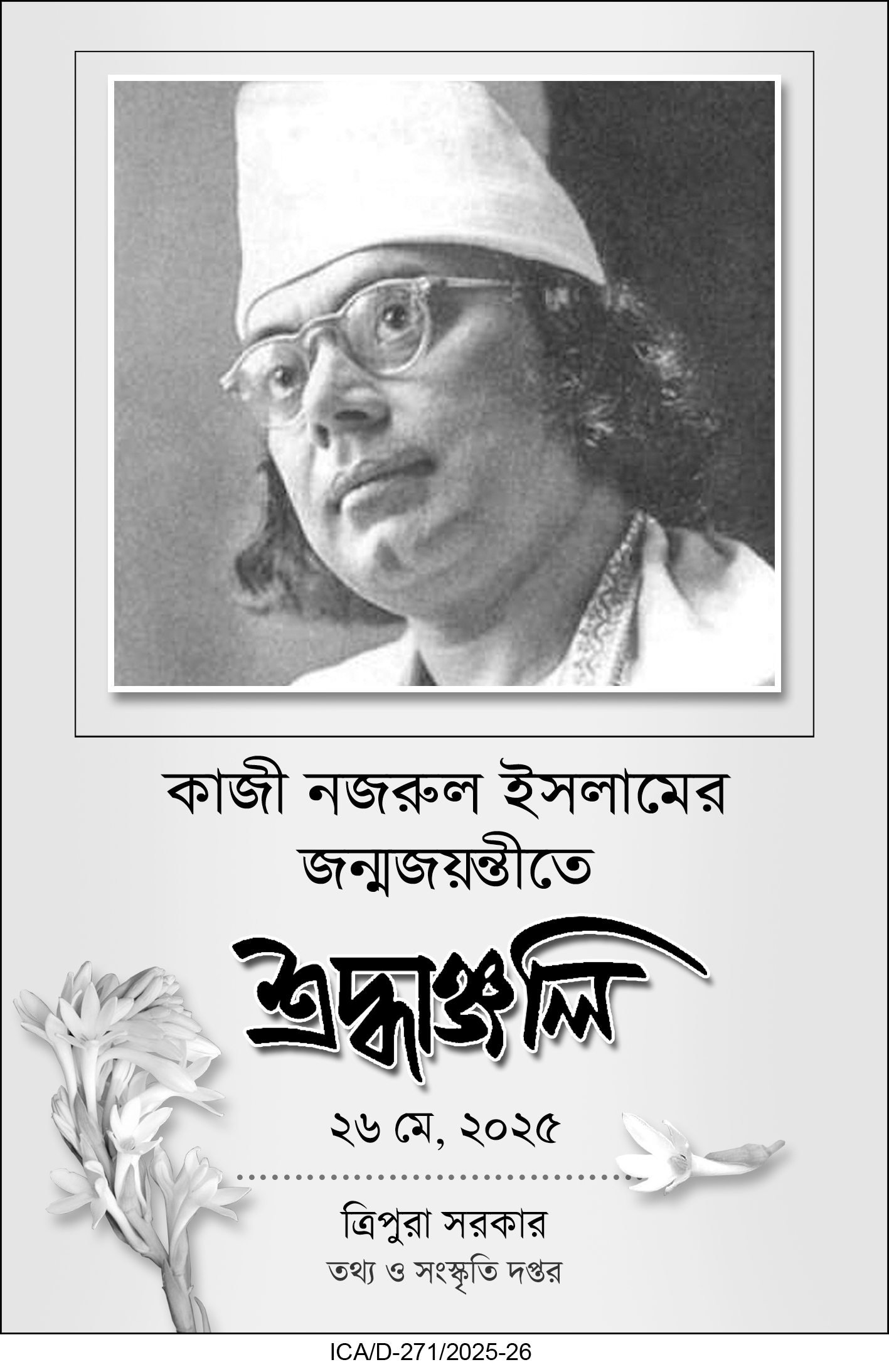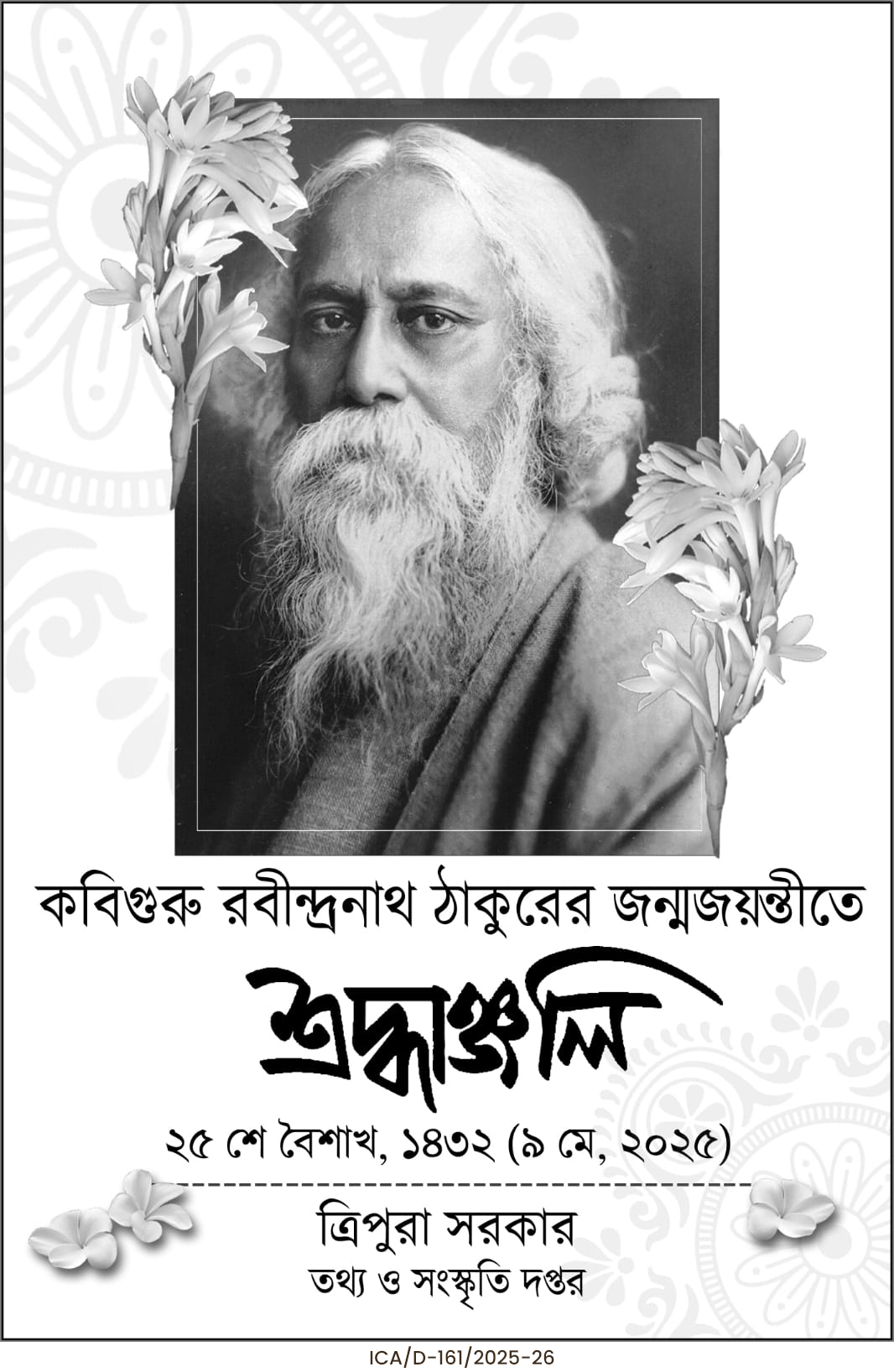We are just in the transition period from the Bengali Year 1430 to 1431. It’s always a good occasion to celebrate.
Everywhere people join such New Year celebrations when the calender changes the number from one to the next. Most people of the world of course celebrate New Year according to the Gregorian calender. It has become a universal phenomenon by now. Besides,many people have another New year to celebrate. Many countries,ethnicities and localities have their own calenders. Their religious,social, and day to day activities are usually dictated by their own calender.
In keeping with above narration,a vast area of our planet spanning from the western boundaries of Indian subcontinent upto the shores of south china sea follow a calender which starts in mid April(dates varying a few days from one place to another).
The new year celebrations in West Bengal,Tripura,Bangladesh,parts of Assam,Odisa and Jharkhand is known as Naboborsha. According to Bangladesh government’s official calendar which is a modified form of Bangla Panjika,the new year falls on 14 April every year. But all of Sanatani Bengalis( in West Bengal,Tripura,Assam,Jharkhand)and some others,prefer to follow their Panjika,which may be termed as an almanac. The Bengali panjika is a calender or almanac which is worked out well in advance of the incoming year. It is based on astronomy and is a cocktail of solar and lunar years. It considers the respective positions of sun,moon and other planets and stars. It accomodates the timings of harvesting,tax collection and festivities. It contains forecasts about weather and auspicious/inauspicious times as well. That way,it has certain connection with astrology too. The Bengali year according to Panjika has 365 days. It’s months are named after stars and may consist of 29,30,31 or even 32 days and the number of days in each month may vary from year to year. It does not have a leap year. So,the new years day, 1st of Bengali month Baisakh(It is commonly known as Pohela Baisakh) falls on either 14 th or the 15th of April.Mostly it is on the 15 th to accomodate the leap year. Since thousands of years the Bengali new year is being observed with due funfair.
There are many facets of the celebrations. Chaitra Sangkranti(bidding farewell to the previous year),charak,village fairs(mela)neel puja,wearing new clothes,cultural events,folk traditional functions and games,feasting,holding parties,visiting friends and relatives,rallies and festive processions,offering special prayes and showing obeisance to elders,extending new years greetings to all and sundry are some forms of celebration. Sanani religious festivals,marriages and other auspicious functions are arranged following the Panjika.
As a part of the Pohela Baisakh celebration in Bangladesh, since the 1960s,a famous cultural group Chhayanaut is organising a dawn to noon musical soiree welcoming the new year. It has gained mammoth dimensions by now and has spread to similar events being held in different places of Bangladesh and beyond. It started when the Pakistani authorities of those days tried to undermine Bangla language and Bengali culture. Even later,dark forces of fundamentalism,who terms these celebrations as Sanatani Hinduism,have tried to disrupt the event. In 2001 they planned and executed heinous bomb blasts at Ramna Pohela Baisakh musical soiree. They could kill several cultural activists and music lovers but could not contain the indomitable Bengali people. In 2002 the attendances were much higher.
In 1980s the students of Fine Arts Institute of Dhaka University started bringing out colourful processions on the occassion to rejoice and say no to all evils and vices. They sing,dance and carry posters,placards and images/shapes of birds,animals and even demons(demonstrating evil forces). They carry and play drums and other portable musical instruments to express their joy. It has become such an important and interesting event that even UNESCO has recognised it as an asset. Unfortunately the aforesaid dark forces try to disrupt the Mongol Shovajatra(the joyous procession) every year. So far,they could not succeed. But the Government and the progressive sensible people of Bangladesh should take stern steps to curb such evil design of the dark forces.In Bangladesh,the Naboborsha or the Bengali New Year is an overwhelming phenomenon which engulfs the whole Nation. The Government of Bangladesh distributes bonus salary for it’s employees to celebrate the New Year. The celebrations are getting new dimensions with time.
Similarly, in West Bengal,Tripura,Barak Valley and other Bengali inhabited areas the celebrations are pretty much the same. Not all the activities are taking place at every place. People and regions customize according to their suitability.
Sometimes a question arises about the initiator of the Bengali New Year. Emperor Sashanka’s name comes as one. Some faint reference is there of a Tibetan emperor too.But the current calender according to which we are welcoming 1431 was certainly introduced by emperor Akbar with the help of King Todarmal and astronomer Fateh Ali Siraji. They accomodated the Hijri lunar year,existing solar calender, harvesting season and suitable time of revenue collection.
As mentioned in the beginning,concurrently the new year celebrations are observed in a vast tract of Asia. It comes under different names and diverse forms of celebrations. In Punjab it is Baisakh,in Nepal and North India it is Bikram Sambhat. Tamils observe Puthandu and in Sri Lanka it is Aluth Aniruddha. In Assam we observe Bihu and in Myanmar Thingyan. Thais call it Songkran and in Laos it is Ba Pi Mei. Cambodians call it Choul Chlam Thimey and to the Arakanese it is Sangrai.
In many of the South Asian countries, the main attraction of the festivities is Water Festival. In a big and ceremonious way people throw water,sometimes may be coloured,at each other. Its fun and at the same time taken as a symbol of washing away all the failures and ill memories of the bygone year. People take a vow to start the new year without any prejudice to achieve success and prosperity. Of course merrymaking is a part of any festivity and embracing the new year is no exception.
Water festival is an integral part of new years celebrations in the Chittagong Hill Tracts of Bangladesh. Marma and Rakhine communities are the initiators but all other ethnicities ( their neighbours Chakma,Tripura,Bom,Mro,Khiang,Lushai,Pangkhoa and others)living in the hills and Bengalis from the plains join them in the celebrations encompassing three days of happenings.
We extend New Year greetings to all who are celebrating at this time and wish them sound health,peace in mind,happiness,success in life and prosperity. Let’s all together strive for a war free,peaceful world for our future generations. Let’s make the world a better place to live in. Let humanity reign supreme in the incoming year. Good bye 1430,welcome 1431.





